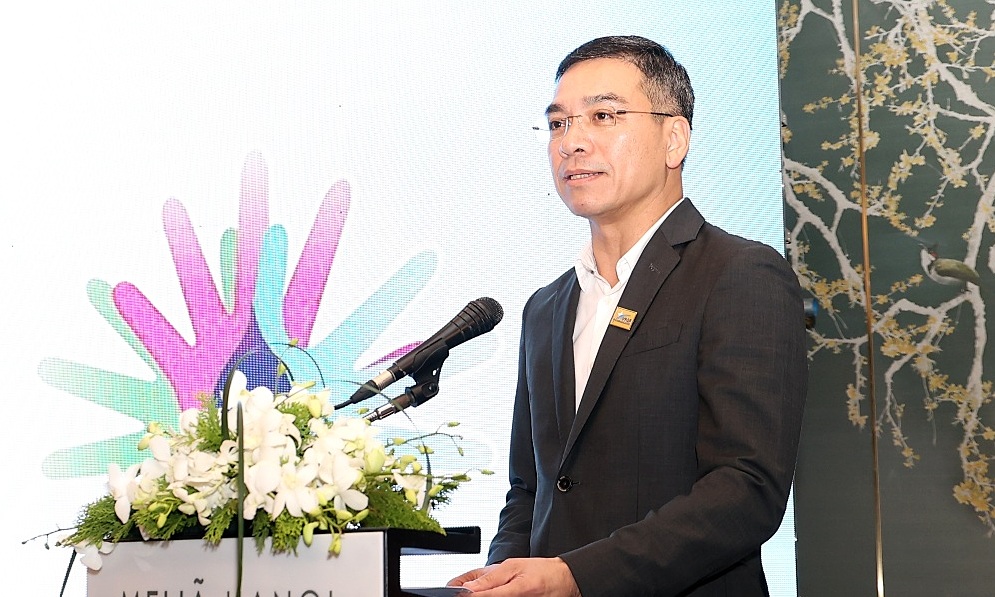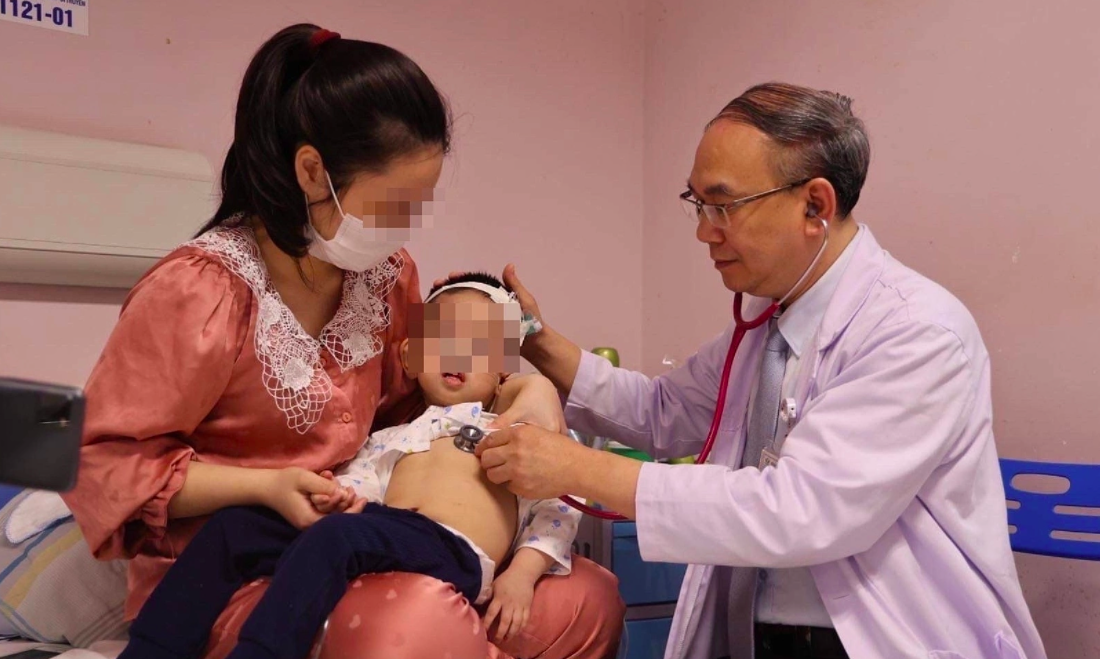At a scientific symposium on the 2025-2026 National Action Plan for Rare Disease Management held by the Ministry of Health and the Vietnam Medical Association on 16/9, experts called for the urgent release of a rare disease list.
Nguyen Khanh Phuong, Director of the Institute for Health Strategy and Policy (Ministry of Health), stated that globally, around 300 million people suffer from approximately 6,000 rare diseases. In Vietnam, 6 million people are affected by rare diseases, 58% of whom are children.
"Diagnosing and treating rare diseases is challenging due to limited information, a shortage of specialists, and a lack of effective treatments," Phuong said, adding that many individuals with rare diseases receive late diagnoses, improper treatment, and face high treatment costs.
Furthermore, the absence of established treatment protocols for rare diseases makes treatment costs a significant hurdle, as medications are either unavailable or expensive. While some advanced treatments for a few rare diseases address the root causes, these medications are not yet approved for use in Vietnam. In other cases, medication may be available, but patients struggle to access them due to high prices and lack of health insurance coverage.
 |
Dr. Ha Anh Duc, Director of the Medical Examination and Treatment Management Department, speaking at the symposium. Photo: Tran Minh |
Dr. Ha Anh Duc, Director of the Medical Examination and Treatment Management Department, speaking at the symposium. Photo: Tran Minh
Sharing this view, Vu Chi Dung, Director of the Center for Endocrinology, Metabolism, Genetics, and Molecular Therapy at the National Children's Hospital, noted that 40% of rare diseases are misdiagnosed. Approximately 30% of children with rare diseases die before the age of 5 due to limited access to treatment.
This situation creates significant disadvantages for those with rare diseases and poses a major challenge for the healthcare system. Doctors at the National Children's Hospital have developed treatment protocols for rare diseases, but these are only at the hospital level for children, not nationwide.
Pham Cam Phuong, Director of the Center for Nuclear Medicine and Oncology at Bach Mai Hospital in Hanoi, also noted that in the field of oncology, rare cancers, such as appendix cancer, are exceptionally uncommon. While treatments generally exist, they are hindered by the lack of a rare disease drug list. Many targeted therapies available globally are not yet accessible in Vietnam.
"A rare disease drug list needs to be established and updated to serve domestic patients, rather than forcing them to purchase expensive medications from abroad at significantly higher prices than imported drugs," Phuong suggested.
 |
A child with a rare disease being examined at the National Children's Hospital. Photo provided by the hospital |
A child with a rare disease being examined at the National Children's Hospital. Photo provided by the hospital
At the symposium, the Ministry of Health announced the approval of the 2025-2026 Action Plan for Rare Disease Management. The plan focuses on improving regulations, including establishing a rare disease list, updating guidelines for diagnosis, treatment, and management of several rare diseases, and amending the rare disease drug list. It also aims to promote scientific research and international collaboration to enhance capacity in rare disease management and treatment.
"This is an important and urgent task that will bring practical benefits to the people," said Ha Anh Duc, Director of the Medical Examination and Treatment Management Department.
Le Nga












